#130 in Vietnam
Popular Chà Bông Variations

Chà Bông Heo

Chà Bông Gà
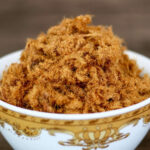
Chà Bông Bò

Chà Bông Cá

Chà Bông Tôm
Chà Bông: Ingredients and Preparation
Main Ingredients
Main Cooking Method
Preparation Process
Chà Bông: A Deep Dive
Cultural Significance
Taste
Texture
Aroma
Color
Serving Style
Serving Temperature
Accompaniment
Occasions
Seasons
Special Diets
Calories
Popularity
Popular Similar Dishes
- Dried Shredded Squid
- Pulled Pork
Popular Dining Area
Chà bông is a popular Vietnamese food made by finely shredding meat (e.g., pork, chicken, meat, fish, or shrimp) until it becomes fluffy and light, with a cotton-like texture.
As a fusion food that is influenced by Chinese cuisine, chà bông is also known as rousong in Chinese or meat floss globally.
The meat to make chà bông is seasoned with soy sauce, sugar, and various spices, then continuously stirred and cooked until it dries out.
Since the meat is very dried, chà bông has a sweet, savory, and slightly salty taste, which goes perfectly with steamed rice, sticky rice, congee, or bread in Vietnamese cuisine. It can also be enjoyed on its own as a snack.
Read on, and you’ll find several chà bông varieties made from different types of meat or seafood. I’ll also introduce how to make it soft and fluffy and store Vietnamese meat floss properly.
Later, don’t miss out on any pluses and minuses of chà bông, other eaters’ concerns related to it, and its similar delicacies.
Key Points
Chà Bông Images
What Are Variations of Chà Bông?
Here’s the table summarizing the varieties and characteristics of different types of chà bông.
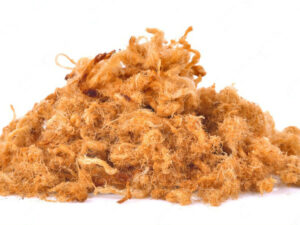
Chà Bông Heo
Made from lean pork.
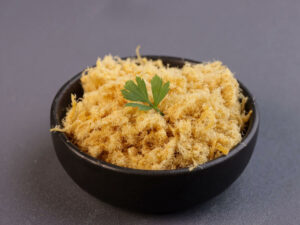
Chà Bông Gà
Prepared from chicken breast.
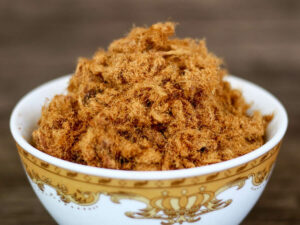
Chà Bông Bò
Made from lean cuts like shoulder or sirloin (avoid those with tendon or beef shank).

Chà Bông Cá
Made from boneless, skinless fish (e.g., salmon, mackerel, tuna).

Chà Bông Tôm
Fresh shrimp, peeled and deveined; can also be made with dried shrimp but with lesser quality.
After exploring different styles of chà bông, it’s also essential to know how to prepare it with a soft and fluffy texture.
How To Make Chà Bông Soft and Fluffy?
Creating a big batch of chà bông that is irresistibly soft and fluffy is simple if you follow the five steps below.
Step 1: Preparing the Meat
Remove excess fat and skin from the purchased meat, wash it with salt water, and cut it into large rectangular pieces. For the shrimp, remove the head, peeled, and deveined.
Step 2: Initial Cooking
Boil water in a pot, blanch the meat for 2-3 minutes, rinse with cold water, and let it drain. Marinate it with fish sauce and sugar.
Step 3: Cooking the Meat
Add the pork and its marinade sauce to the pan and cook until the liquid is absorbed and the meat is cooked through.
Step 4: Tenderizing and Shredding
While the meat is still hot, tenderize it multiple times with a meat mallet or similar tool. Then, hand-shred the meat into fine fibers.
Step 5: Drying the Meat
Place the shredded meat in a pan (preferably a nonstick one). Stir over very low heat until the meat completely dries out.
Once you perfect your chà bông’s texture, it’s time to combine it with other food to increase your meal quality.
What Dishes That Can Go With Chà Bông?
Here are the most popular Vietnamese delights that chà bông can complement.
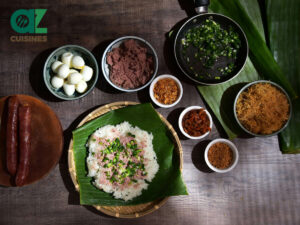
Xôi
A sticky rice dish that can be enjoyed as a sweet or savory treat with various toppings.
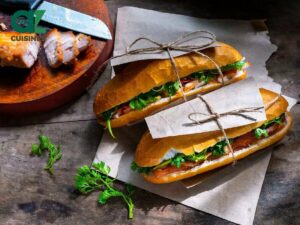
Bánh Mì
French-influenced baguette filled with various ingredients, commonly including meats, Vietnamese sausage, vegetables, herbs, and condiments.
Coming up, let’s explore how to store it effectively to prolong its freshness.
How To Store Chà Bông To Extend Its Shelf Life?
Here are five notes to store chà bông correctly and extend its shelf life, such as:
- Cool Down Completely: Ensure Chà Bông is completely cooled to room temperature before storing to prevent moisture buildup.
- Airtight Container: Use a clean, dry, airtight container to store the Chà Bông. This helps to keep out moisture and other contaminants.
- Minimize Air Exposure: Each time you use some of the Chà Bông, ensure that you close the container tightly to minimize exposure to air.
- Avoid Direct Sunlight: Store the container in a cool, dry place away from direct sunlight and heat sources.
- Refrigeration: For longer storage, refrigerate the Chà Bông. This slows down the degradation process and retains its freshness.
If there are signs of spoilage like mold or off-smell, especially if stored at room temperature, you should throw it away.
Now, continue reading to discover the various aspects of enjoying it by exploring the pros and cons of this delicacy.
Pros and Cons of Eating Chà Bông
Let’s take a closer look at both the pluses and minuses of chà bông.
Pros
Cons
Additionally, remember to review the usual questions about this Vietnamese-style meat floss.



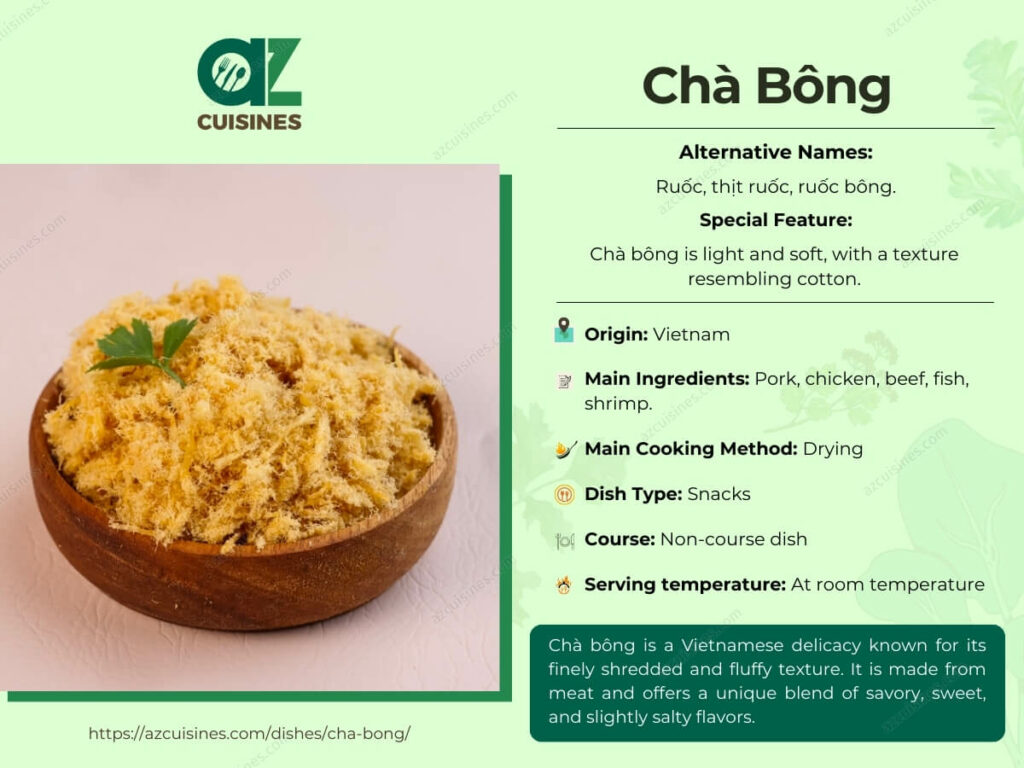



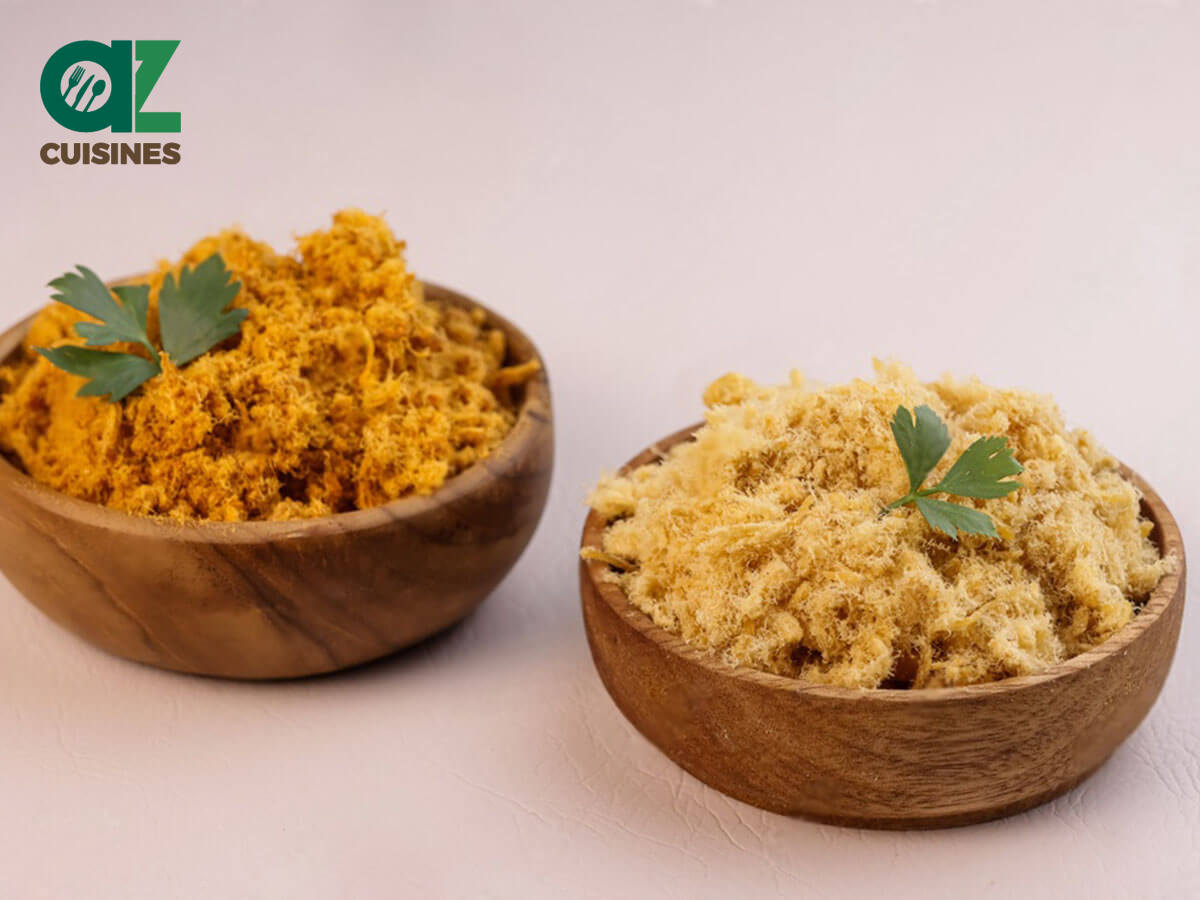

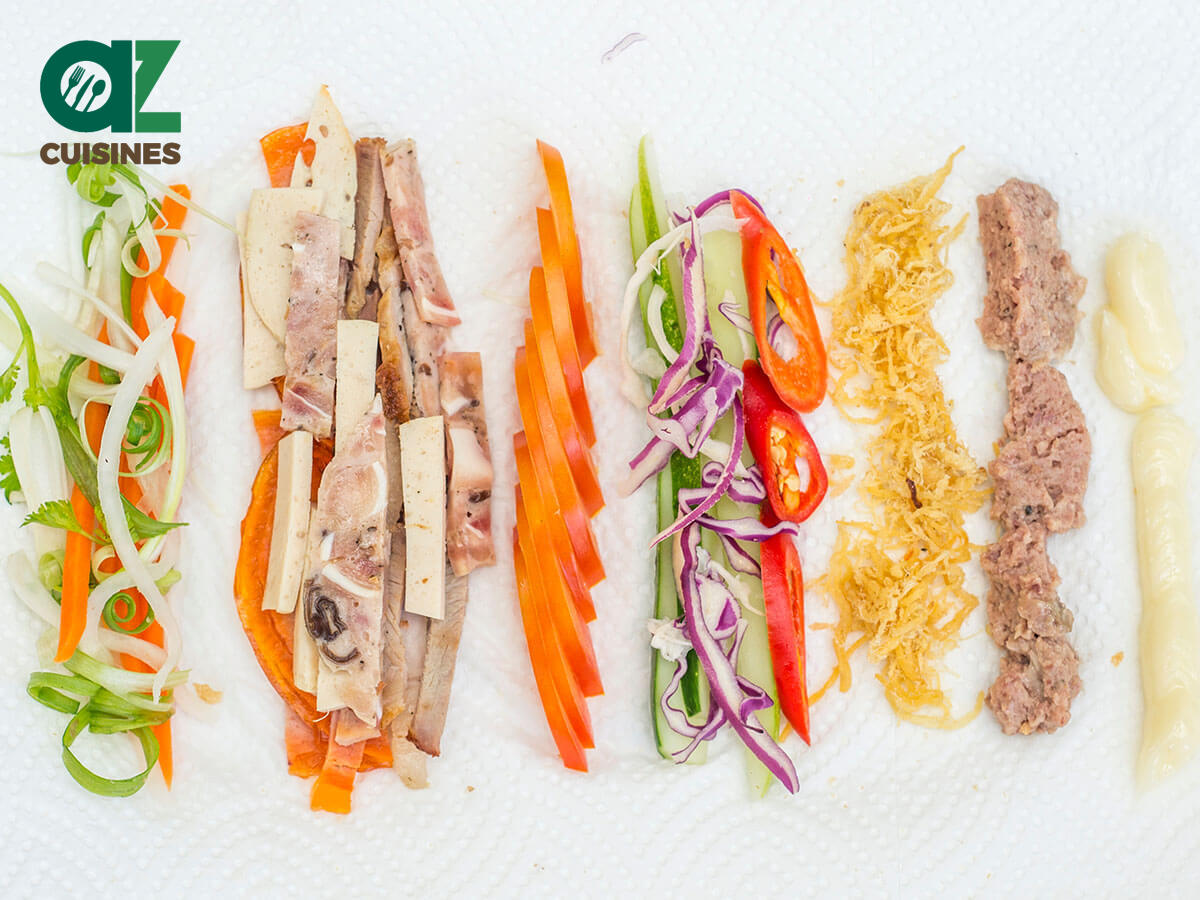
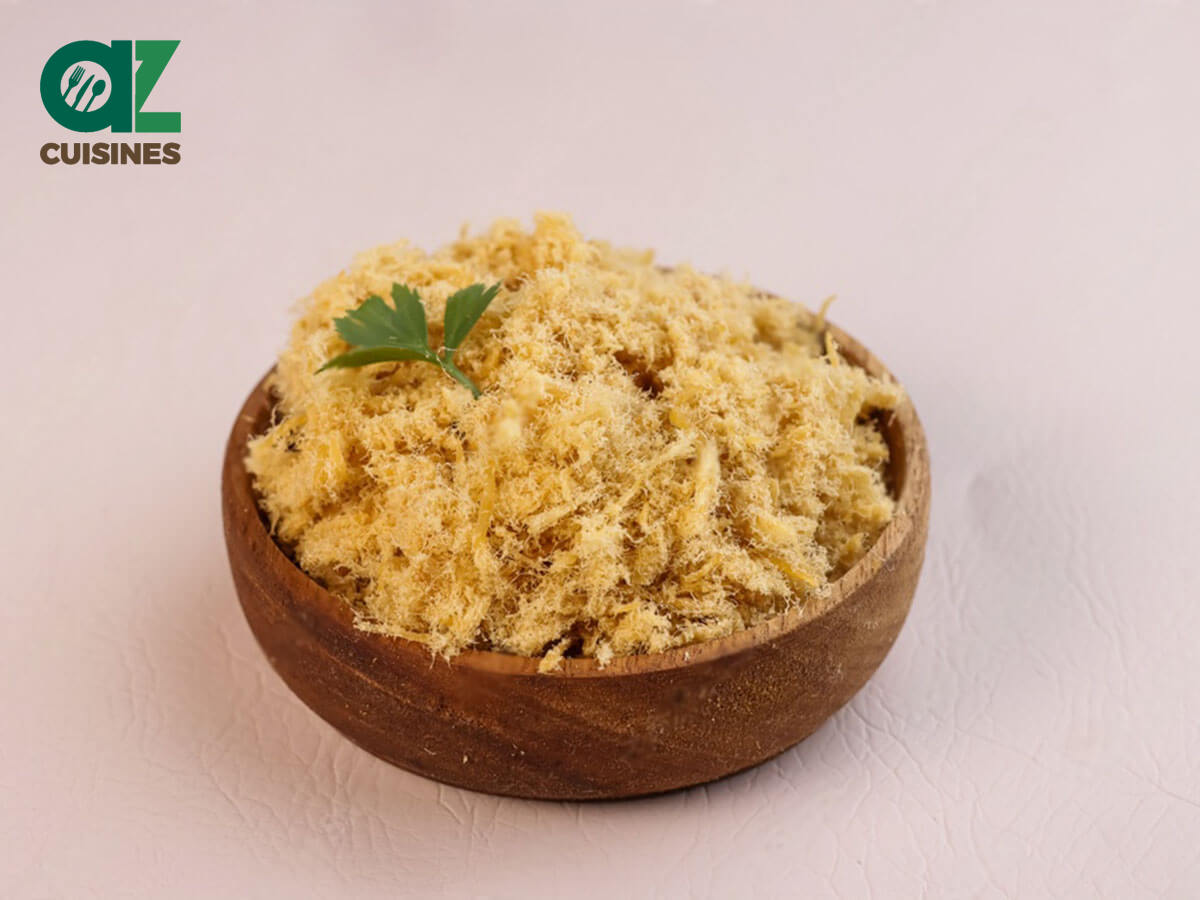
Truc Tran (Kris)
Senior Food Editor
Expertise
Home Cooking, Meal Planning, Recipe Development, Baking and Pastry, Food Editor, Cooking-video Maker, Vietnamese Food Evaluation Expert
Education
Truc Tran (Kris), an experienced food writer and editor, is great at exploring and describing global cuisines, from simple street food to fancy dining. In her writing, she skillfully mixes different flavors, cooking methods, and culinary traditions, showing the unique character of various cultures through their food and drinks. On azcuisines.com, Kris highlights her knowledge, especially in Asian cuisine and worldwide traditional dishes.